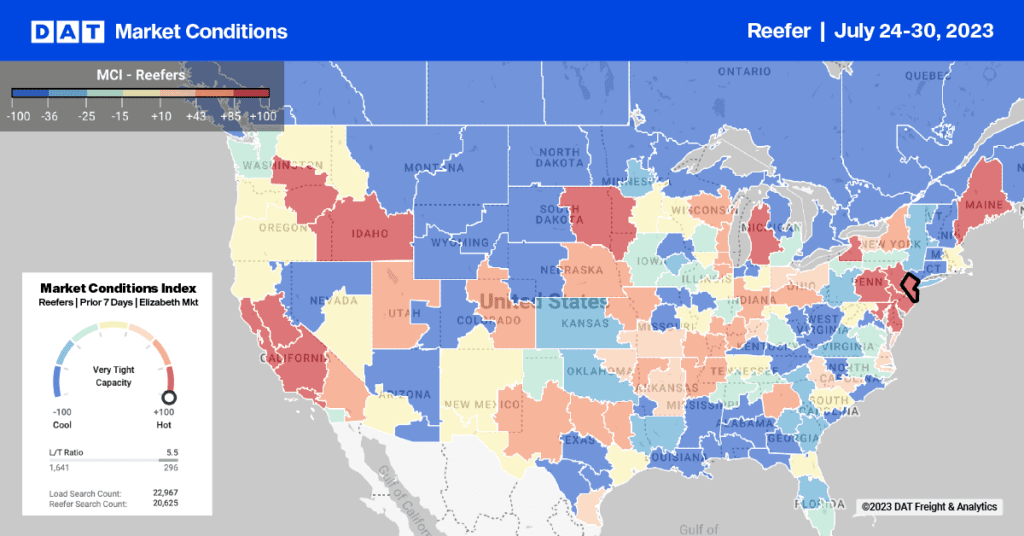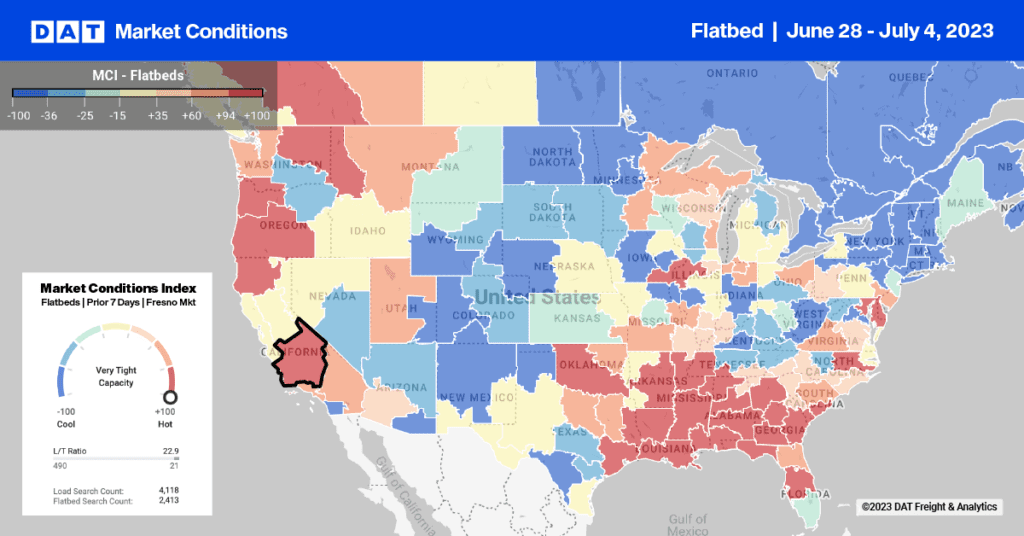Spot market truck postings loosened up in October by 20%, compared to September. Truckload capacity appeared to be easing across the country in October, especially for dry vans.
There may actually be more trucks on the road, thanks in part to a 58% increase in sales of new and used Class 8 trucks from August to September (25% year over year), as reported by Thomas Albrecht of BB&T Capital Markets. Shippers and freight brokers may find low rates on the spot market right now, as the first week in November showed a decline in national average rates for both vans and reefers.
The trend is expected to be short-lived, however. Industry analysts, including Donald Broughton of Avondale Partners, see a temporary equilibrium between trucking capacity and demand now, but several factors are expected to drive rates up by the end of this year or early in 2011:
Many inexperienced or marginal truck drivers are expected to be sidelined by the nationwide rollout of CSA 2010. In that new Federal safety program, five out of the seven safety metrics are controlled or influenced by driver behaviors.
Hours of service rules are also undergoing a review. Any new restrictions could exacerbate driver shortages, and reduced hours also affect the return on fleet assets. Those factors put additional pressure on the carrier’s costs.
New emissions standards in California and nationwide may drive carriers to retire obsolete reefers and tractors rather than retrofitting them with costly emission control devices.
Any future increase in freight will be chasing after fewer trucks.
In fact, contract rates rose in September, as reported in TransCore’s Truckload Rate Index, re-opening the gap between contract rates and the spot market rates paid by brokers. We would not be surprised to see contract rates rise again in October, as big shippers move to lock in capacity before CSA 2010 rolls out.
These trends converge to create a short-term ‘sweet spot’ for brokers on the spot market. For a brief time, maybe just a few more weeks, we should continue to see slight improvements in equipment supply.
Then, as capacity tightens, more of a gap will emerge between contract rates and the spot market rates paid by the broker. Spot market rates are likely to increase, beginning in high-demand markets, if and when brokers find it more difficult to secure trucks for their customers.


